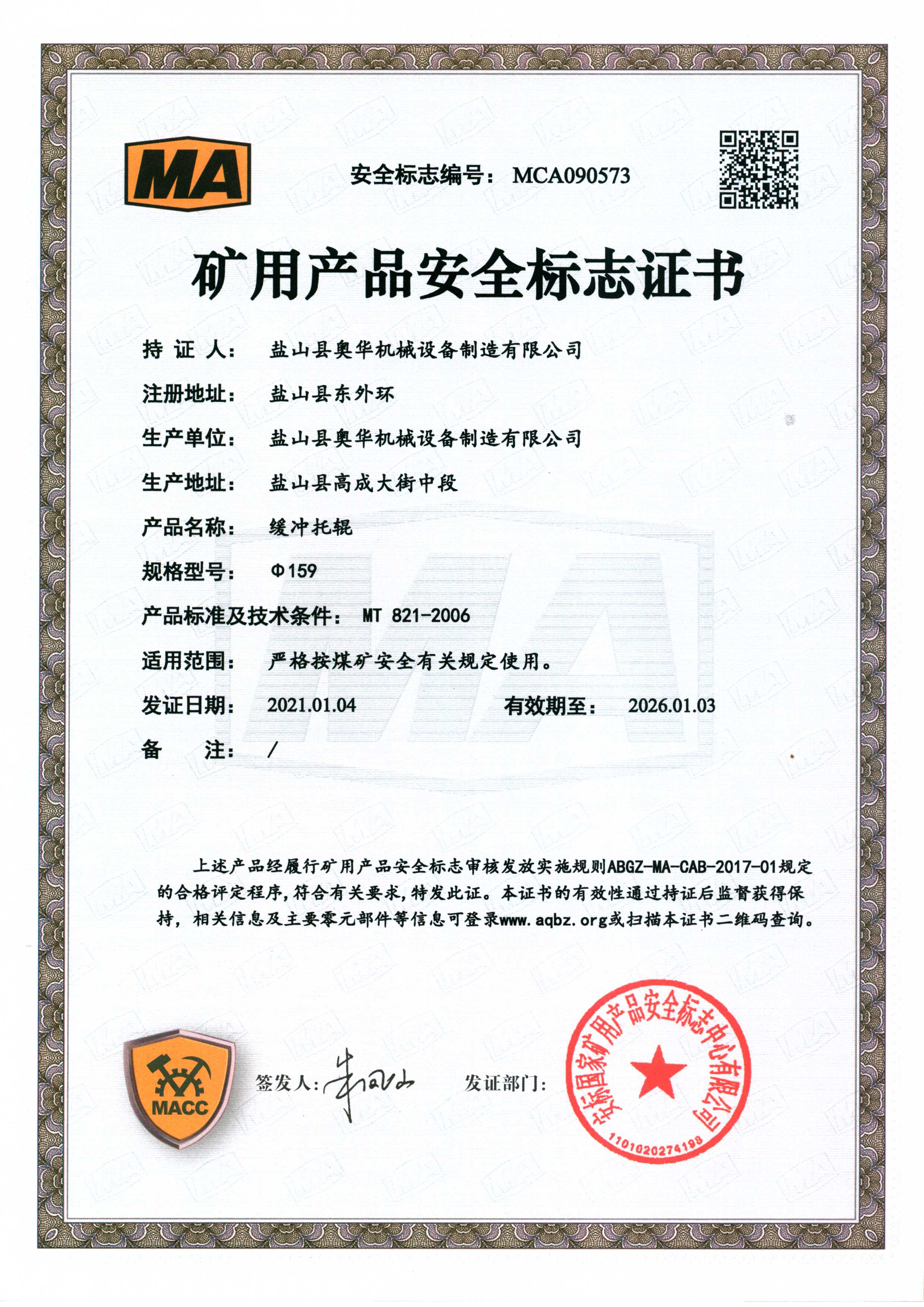 Afrikaans
Afrikaans  Albanian
Albanian  Amharic
Amharic  Arabic
Arabic  Armenian
Armenian  Azerbaijani
Azerbaijani  Basque
Basque  Belarusian
Belarusian  Bengali
Bengali  Bosnian
Bosnian  Bulgarian
Bulgarian  Catalan
Catalan  Cebuano
Cebuano  Corsican
Corsican  Croatian
Croatian  Czech
Czech  Danish
Danish  Dutch
Dutch  English
English  Esperanto
Esperanto  Estonian
Estonian  Finnish
Finnish  French
French  Frisian
Frisian  Galician
Galician  Georgian
Georgian  German
German  Greek
Greek  Gujarati
Gujarati  Haitian Creole
Haitian Creole  hausa
hausa  hawaiian
hawaiian  Hebrew
Hebrew  Hindi
Hindi  Miao
Miao  Hungarian
Hungarian  Icelandic
Icelandic  igbo
igbo  Indonesian
Indonesian  irish
irish  Italian
Italian  Japanese
Japanese  Javanese
Javanese  Kannada
Kannada  kazakh
kazakh  Khmer
Khmer  Rwandese
Rwandese  Korean
Korean  Kurdish
Kurdish  Kyrgyz
Kyrgyz  Lao
Lao  Latin
Latin  Latvian
Latvian  Lithuanian
Lithuanian  Luxembourgish
Luxembourgish  Macedonian
Macedonian  Malgashi
Malgashi  Malay
Malay  Malayalam
Malayalam  Maltese
Maltese  Maori
Maori  Marathi
Marathi  Mongolian
Mongolian  Myanmar
Myanmar  Nepali
Nepali  Norwegian
Norwegian  Norwegian
Norwegian  Occitan
Occitan  Pashto
Pashto  Persian
Persian  Polish
Polish  Portuguese
Portuguese  Punjabi
Punjabi  Romanian
Romanian  Russian
Russian  Samoan
Samoan  Scottish Gaelic
Scottish Gaelic  Serbian
Serbian  Sesotho
Sesotho  Shona
Shona  Sindhi
Sindhi  Sinhala
Sinhala  Slovak
Slovak  Slovenian
Slovenian  Somali
Somali  Spanish
Spanish  Sundanese
Sundanese  Swahili
Swahili  Swedish
Swedish  Tagalog
Tagalog  Tajik
Tajik  Tamil
Tamil  Tatar
Tatar  Telugu
Telugu  Thai
Thai  Turkish
Turkish  Turkmen
Turkmen  Ukrainian
Ukrainian  Urdu
Urdu  Uighur
Uighur  Uzbek
Uzbek  Vietnamese
Vietnamese  Welsh
Welsh  Bantu
Bantu  Yiddish
Yiddish  Yoruba
Yoruba  Zulu
Zulu belt drive idler
Understanding Belt Drive Idlers A Key Component in Mechanical Systems
Belt drive systems are integral parts of many mechanical applications, providing a flexible and efficient way to transfer power from one component to another. Among the various components that constitute a belt drive system, idlers play a significant role. This article delves into the function, types, advantages, and applications of belt drive idlers.
What is a Belt Drive Idler?
A belt drive idler is a pulley or roller that serves to guide, tension, or redirect the belt within a belt drive system. By minimizing the slack and adjusting the tension of the belt, idlers help ensure that the belt maintains proper contact with driving and driven pulleys. Each idler plays a critical role in enhancing the performance and longevity of the entire belt drive system.
Functions of Belt Drive Idlers
1. Tensioning One of the primary functions of an idler is to maintain the correct tension in the belt. Proper tension is crucial, as it affects the efficiency of power transmission. If the belt is too loose, it may slip off the pulleys, while excessive tension can cause premature wear or damage.
2. Guiding Idlers help keep the belt aligned in the correct position. This guidance is essential to prevent misalignment, which can lead to uneven wear, increased noise, and even failure of components.
3. Redirecting In some configurations, idlers can redirect the belt path, allowing for creative design solutions in tight spaces. This is particularly useful in complex machinery where the layout requires non-linear belt routing.
4. Supporting Idlers often support the belt and reduce its sagging. This support ensures that the belt maintains its shape and function over time, preventing potential failures.
Types of Belt Drive Idlers
Belt drive idlers come in various types, each designed to meet specific requirements
1. Fixed Idlers These are stationary and provide continuous guidance to the belt without any adjustments. They are typically used in simpler systems where changes in belt tension are not anticipated.
belt drive idler

2. Adjustable Idlers These idlers can be adjusted in position to change the tension in the belt. This adjustability is crucial for systems where wear over time can affect belt tension.
3. Floating Idlers Floating idlers are mounted in a manner that allows them to move slightly, accommodating variations in belt tension and alignment as the system operates.
4. Crowned Idlers Crowned idlers have a slight convex shape that helps to keep the belt centered on the pulley. This design reduces the risk of the belt slipping off the sides and promotes even wear.
Advantages of Using Idlers
Incorporating idlers in belt drive systems offers numerous advantages
- Increased Efficiency Properly tensioned belts operate more efficiently, reducing energy loss due to slippage. - Extended Equipment Life Idlers help prevent excessive wear on belts and pulleys, ultimately extending the lifespan of the entire system. - Versatility in Design The use of idlers allows for flexible arrangements of mechanical systems, accommodating various space constraints and operational requirements.
Applications of Belt Drive Idlers
Belt drive idlers are widely used in numerous industries, such as
- Automotive In vehicles, belt drive systems with idlers are essential for connecting the engine to various accessories like the alternator, water pump, and air conditioning compressor. - Manufacturing and Conveyor Systems Idlers are crucial components in conveyor systems, ensuring smooth operation and material handling. - Home Appliances From washing machines to lawn mowers, many household devices utilize belt drive systems with idlers for efficient operation.
Conclusion
Belt drive idlers are vital components that enhance the functionality, efficiency, and longevity of belt drive systems. By understanding the types, functions, and benefits of idlers, engineers and operators can design more effective mechanical systems, ultimately leading to improved performance across a variety of applications.
-
Revolutionizing Conveyor Reliability with Advanced Rubber Lagging PulleysNewsJul.22,2025
-
Powering Precision and Durability with Expert Manufacturers of Conveyor ComponentsNewsJul.22,2025
-
Optimizing Conveyor Systems with Advanced Conveyor AccessoriesNewsJul.22,2025
-
Maximize Conveyor Efficiency with Quality Conveyor Idler PulleysNewsJul.22,2025
-
Future-Proof Your Conveyor System with High-Performance Polyurethane RollerNewsJul.22,2025
-
Driving Efficiency Forward with Quality Idlers and RollersNewsJul.22,2025





























